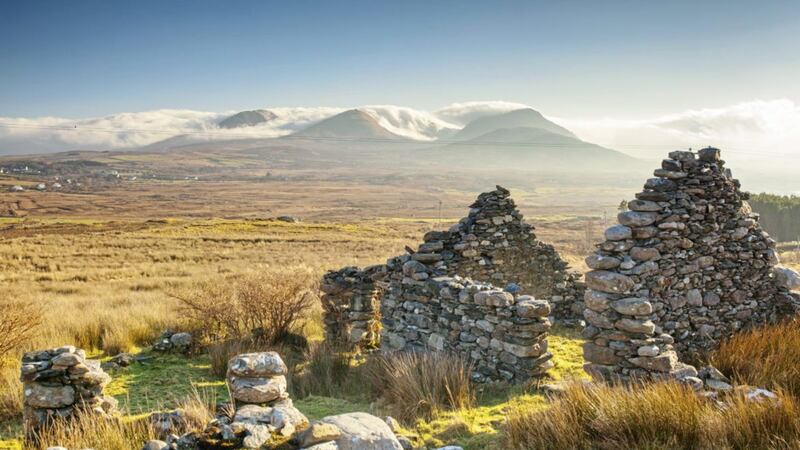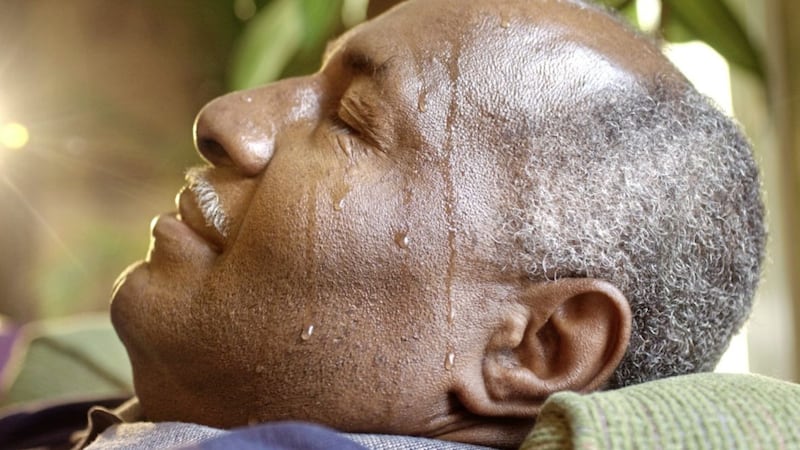WALKING through Connemara it is possible to forget that you are living in the 21st century. It is a primal landscape of bogland, lakes, surging rivers, hills and mountains, opening up onto rocky shores and an occasional sandy beach.
Despite its popularity with visitors it still has a remoteness in which it is possible to feel totally alone. The landscape is the result of geological activity that began hundreds of millions years ago as two ancient continents, Avalonia and Laurentia, drew together and closed over the Iapetus Ocean.
As the continents collided, it caused massive earthquakes and volcanic eruptions: the millions of tonnes of magma dumped onto the earth's surface can still be seen in the rocks of modern-day Connemara.
A huge mountain range was formed, but over tens of millions of years it has been eroded away to leave the still impressive Twelve Bens and Maumturks.
Within the wilderness there are oases of woodland, both native and non-indigenous, providing habitats for wildlife and a variety of treks for walkers.
The grounds of the luxurious Ballynahinch Castle, close to Roundstone, combine native species and introduced trees – oak and beech.
Pathways take you deep into the woodland, along lakeshores and over the Owenmore River, with the trees occasionally breaking to open up views of the Bens and Maumturks.
Although this was my first visit to the forest, the woodland and surrounding countryside was familiar from reading the late Irish philosopher John Moriarty, who worked here for many years after dropping out of academia in the 1970s to become a gardener.
I met him nearly 20 years ago back in his native Co Kerry, in another wilderness on the side of Mangerton Mountain – but it was Connemara that provided the backdrop to most of our conversation and his writing.
His books are dense volumes that can leave you wondering where the sentence that you had started to read has gone to. But they also contain profound and often shamanic wisdom.
Looking towards the Twelve Bens a statement such as "I don't think about those mountains, I think with them", suddenly makes sense. Or indeed "And if the wildness inside of you dies, I think you're finished… Unless there's wildness around you, something terrible happens to the wildness inside of you."
A couple of days meandering over the boglands of Connemara and along its shores and in the mountains just across the Galway/Mayo border provided a reconnection with wildness, both external and internal.
On a damp morning, I set out in the Delphi Valley along an inclining pathway through conifers and into the mountains. The geology that gave shape to these hills is a much more recent event. When the two-mile-thick ice sheets that covered Ireland melted around 12,000 years ago, the retreating glaciers sliced through the rock to cut out hills and valleys.
The sheer slopes of the mountains that rise on either side provide terrain for more adventurous climbers, but there are plenty of paths that open up this terrain for the casual walker. The crash of the nearby river over rocks, the sound of ravens and the wind in the leaves of the native broadleaf trees are the only noises to break the silence.
A smallish mountain called Pat’s Hill is not the most spectacular summit in this range, but even so, a trudge over squelching moss and heather brings you to the summit and reveals a stunning landscape of mountains and sea – the Atlantic and the string of islands off the coasts of Mayo and Galway, Killary fjord, woodlands and boglands.
To quote Moriarty again: "I had learned that you only have to walk in a big wide-open place without open fences and the fences in your mind will begin to come down."








